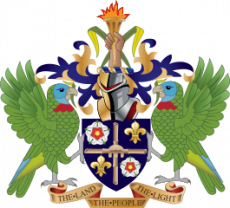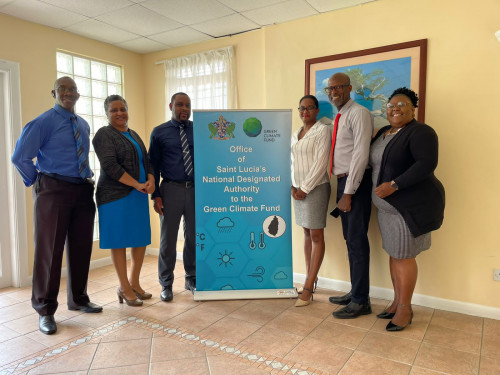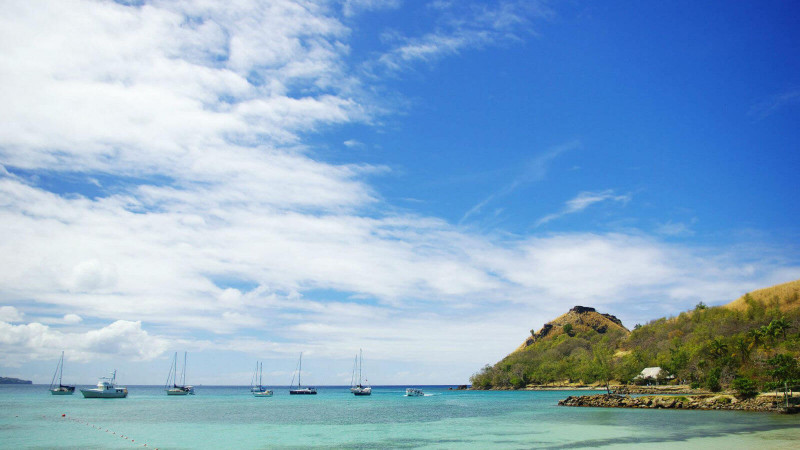Saint Lucia’s National Adaptation Plan (NAP) has been defined as a ten (10)-year process (2018–2028), consisting of priority cross-sectoral and sectoral adaptation measures for eight key sectors/areas and a segment on the “limits to adaptation,” complemented incrementally with Adaptation Strategies & Action Plans for priority sectors/thematic areas. Priority sectors/thematic areas for adaptation action include: Water; Agriculture; Fisheries; Infrastructure and Spatial Planning; Natural Resource Management/Resilient Ecosystems (terrestrial, coastal, and marine); Education; Health and Tourism. Other key sectors/thematic areas will be identified through a cyclical, iterative NAP process.
Saint Lucia’s NAP process is spearheaded by the Sustainable Development and Environment Division (SDED) of the Department of Sustainable Development (DSD), currently housed within the Ministry of Education, Innovation, Gender Relations, and Sustainable Development. The NAP process has benefited from the inputs of multiple stakeholders, comprising public, statutory, academic, and private sector bodies. Indeed, this process has involved both state and non-state actors, such as media personnel, who play an important role in helping
efforts to positively influence thinking, mould outcomes, change behaviour, and instigate action across the populace at all levels.











